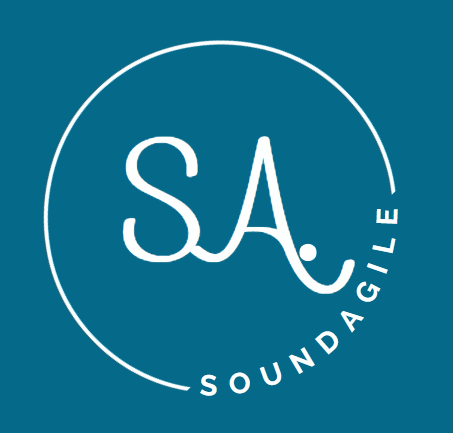Value is often in the eye of the beholder and because we attach ourselves to the perception of that value we can’t often differentiate between what we want and what we need.
As leaders, we often follow a similar approach when deciding what projects we should take on for the w\organization. For instance, we may read about something interesting that another company is doing and think that we should be doing the same thing, this becomes your want.
Unfortunately what that other company is doing may not be what your organization either needs right now or worse is not even strategically aligned to its strategies.
All too often organizations have an annual planning cycle where individual leaders pitch their ideas for new projects and request funding. And all too often these projects are disjointed, competing with other projects seeking opposite outcomes, or are even duplicate efforts leveraging different technologies, all because their focus is more on wants over needs for their capability.
So how do we move from thinking in wants to acting on needs? It starts with transparency and alignment to the organizations' strategies.
How many people in your organization know and understand the strategies that are key to delivering value to your customers? How many more define their initiatives around those strategies? Unfortunately, the answer is very few.
To start you need to create a Portfolio Valuation scoring model that is tied to your strategies and then provides a scoring mechanism that is aligned to Objectives and Key Results. The key results form the basis of the value factors that will generate a score for each initiative.
By aligning the scoring engine to strategies and having the value factors aligned to metric outcomes, we can apply the scoring model across the organization holistically. This is key to moving from a wants to needs conversation in the organization.
Having implemented this model in several organizations what happens at the leader level is that they have a harder time justifying investments that they want if they have low scores associated with them. How do you convince leadership that it’s a good idea to invest a million dollars in a project with a value score of .5? The answer is it’s not easy.
At one organization that had been trying to make the case to invest in a new ERP system with no success, we were able to tell the story better when leadership saw that they were investing large sums of money into low-value returns. So the scoring model isn’t just to stop you from working on the wrong things, it also informs future investments to support fact-based decisions.
Value needs to be the driving focus of any organization as you have a limited amount of investment capital for software development. Adding useless features that don’t align to strategy and have low-value returns is a waste of money
Additionally building things you don’t need adds bloat to your tech stacks as this code still has to be maintained and supported long-term. The cost of any feature is never just related to its development cost.

